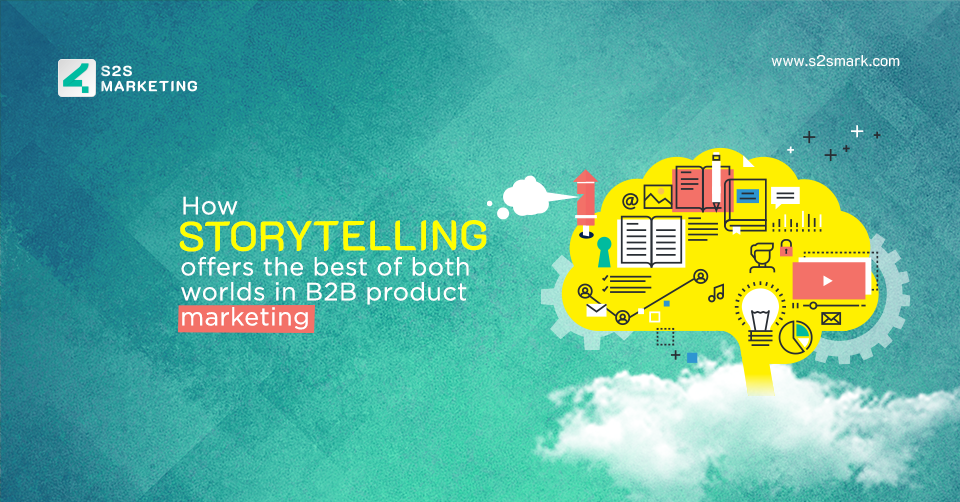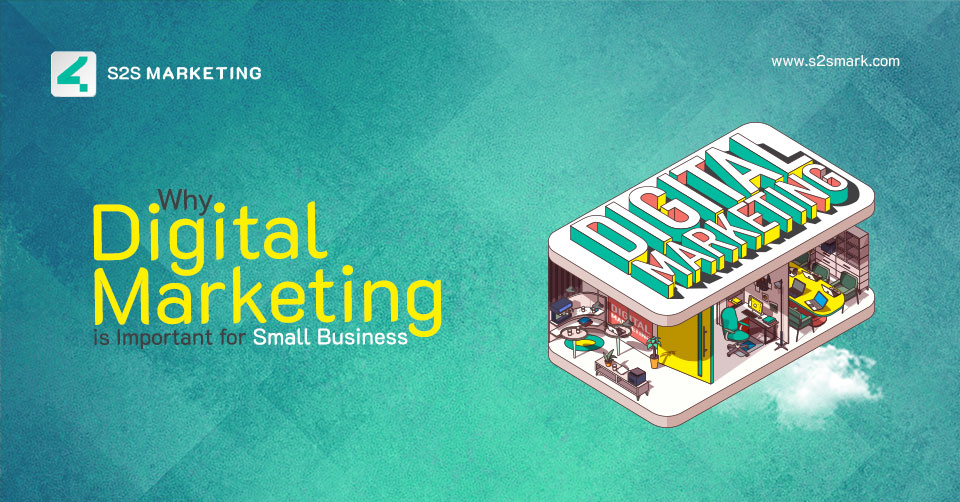The theory of product differentiation traces back 90 years to economist Edward Hastings Chamberlin’s book, “Theory of Monopolistic Competition.” Chamberlin’s view on product or service differentiation, still relevant today, states that a group of products is considered differentiated if there is any significant basis for distinguishing one seller’s goods or services from those of another. This distinction can be real or perceived, as long as it matters to buyers and influences their preference for one product variety over another.
Chamberlin identifies three categories of differentiation: vertical, horizontal, and mixed, all of which have significant implications for product marketing. However, achieving successful differentiation remains a challenging task for many marketers. Only a few manage to accomplish it effectively. Fortunately, storytelling can come to the rescue as a valuable tool to address this issue.
Now, let’s explore the reasons why marketers struggle with differentiation and how storytelling can be the solution.
Why product differentiation in marketing is so difficult
Selecting the right differentiation strategy can be extremely challenging for marketers due to various factors. Customers are often irrational in their decision-making, making it difficult to understand their preferences, especially for complex purchases, where contextual conditions, emotions, and memory play a significant role. Identifying true competitors can also be tricky, as top competitors may not be the best comparison, and new or less-established markets can lack clear differentiation points.
Furthermore, the fast-paced nature of today’s markets makes it tough to keep up with ever-changing customer preferences and competitive landscape. As a result, some marketers resort to a trial-and-error approach, throwing differentiators at the wall to see what resonates.
The differentiation categories themselves pose their own challenges. Vertical differentiation relies on objective differences among products, allowing customers to rank options based on quality and price. On the other hand, horizontal differentiation is subjective, as customers choose based on personal preferences and emotions, without an objective “best” option. Mixed differentiation comes into play for more complex purchases, where customers use a combination of vertical and horizontal factors to make decisions.
Overall, successful differentiation requires a deep understanding of customers, market dynamics, and the ability to adapt quickly to changing conditions to find the most effective differentiation strategy.
But defaulting to mixed messaging rarely works
In product marketing, each differentiation approach has a distinct focus. Vertical differentiation centers on highlighting features or attributes that customers consider highly important, such as price, unique functionalities, or any aspect that sets the product apart in the customer’s perception.
On the other hand, horizontal differentiation aims to create a sense of belonging and assurance for the buyer by emphasizing that others similar to them have made the same choice. This approach helps customers make decisions based on the preferences of their peers. For instance, a restaurant might offer a combo meal and label it as the favorite choice for people with a big appetite, even though the individual food items can be purchased separately. Similarly, an online store could display a variety of colors for a product, indicating that customers have a range of options to choose from, or recommend products based on what similar buyers have purchased.
Mixed differentiation strikes a balance between both vertical and horizontal considerations. It takes into account both objective differentiating factors and subjective customer preferences to appeal to a wider audience.
Marketers often default to mixed differentiation when they are unsure about how to differentiate their product effectively. This could be because they lack a deep understanding of customer preferences or believe they need to invent differences to stand out, especially if they are offering a product in a commoditized market.
An example of a failed attempt at differentiation is the concept of “phablets” – devices sized between a phone and a tablet. While larger phones and smaller tablets found success in the market, the term “phablet” did not endure.
Overall, selecting the right differentiation strategy requires a comprehensive understanding of customer needs, market dynamics, and a creative approach. Marketers sometimes opt for mixed differentiation to combine the benefits of both vertical and horizontal approaches. This can lead to phrasing that aims to encompass multiple aspects, making it occasionally confusing for customers. For instance, using phrases like “Efficiently unlock high performance” or “Powerfully complex and intuitive to use” attempts to highlight both performance and ease of use.
Even well-established companies, including OpenAI, can demonstrate this mixed differentiation in their marketing. On their product page, they feature the headline “Transforming work and creativity with AI,” along with the text “Our API platform offers our latest models and guides for safety best practices.” The question arises as to why they separate work and creativity – are these aspects truly distinct and do they need separate transformation? It’s uncertain whether customers prioritize these elements or if the writers are taking a horizontal approach to showcase the various benefits of AI.
In the page copy, OpenAI seems to focus more on vertical differentiation, emphasizing the qualitative features of their API platform to differentiate it from other generative AI products. However, the success of this mixed differentiation approach remains ambiguous.
The challenge with mixed differentiation, whether intentional or not, lies in the risk of being too vague or not effectively conveying meaningful differences. It can result in clever language that ultimately says very little about the actual distinctions between products or services.
Storytelling can help you differentiate
Storytelling plays a crucial role not only in content and brand marketing but also in product marketing differentiation. When executed effectively, storytelling allows marketers to connect with their audiences, align them with significant themes or perspectives, and ultimately emphasize the desired differentiators of their products or services. A compelling narrative can make people care about things they didn’t previously consider important.
A notable example of successful storytelling in product marketing is SAP’s podcast series, “Searching for Salai.” This campaign supported the launch of their product and service solution, Leonardo, which integrated AI technology, blockchain, and the Internet of Things. The podcast followed the journey of a time-traveling art history enthusiast investigating and interviewing a mysterious person who could be Leonardo DaVinci’s long-time apprentice. Through this engaging story, SAP demonstrated how innovation arises from the synergy of technology, data, and human ingenuity.
By crafting a compelling narrative, SAP strategically highlighted the solution differentiators they wanted to focus on in their marketing for Leonardo. Storytelling allowed them to not only showcase their product’s unique features but also create a preference for those differentiators among their target audience.
In essence, storytelling provides the best of both worlds by giving marketers the flexibility to choose how to differentiate their product while simultaneously compelling customers to care about those distinctions. Rather than merely attempting to meet customers’ existing preferences, great storytelling enables marketers to shape new preferences that customers will prioritize.
Ultimately, the power lies in your story—telling it well can be the key to successful product marketing differentiation and customer engagement.
For more information, visit S2S Marketing Blog





